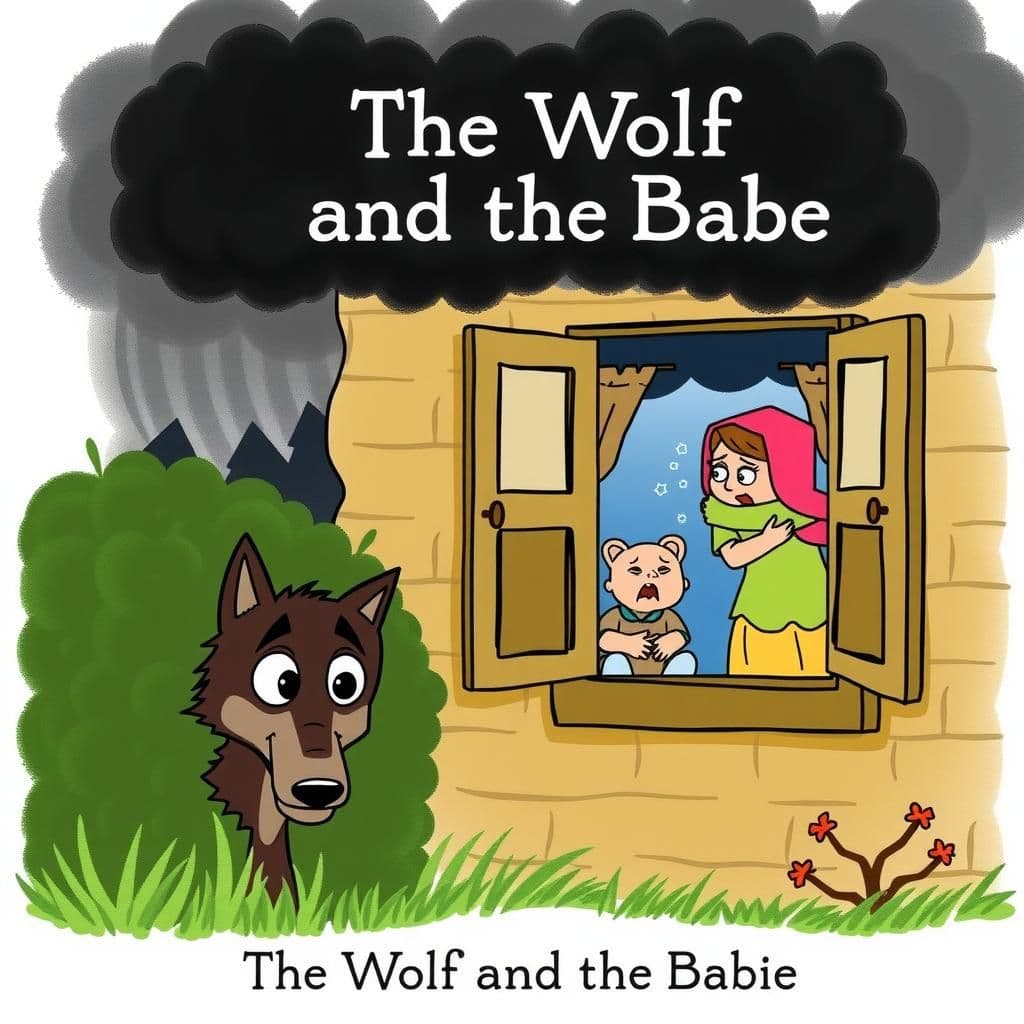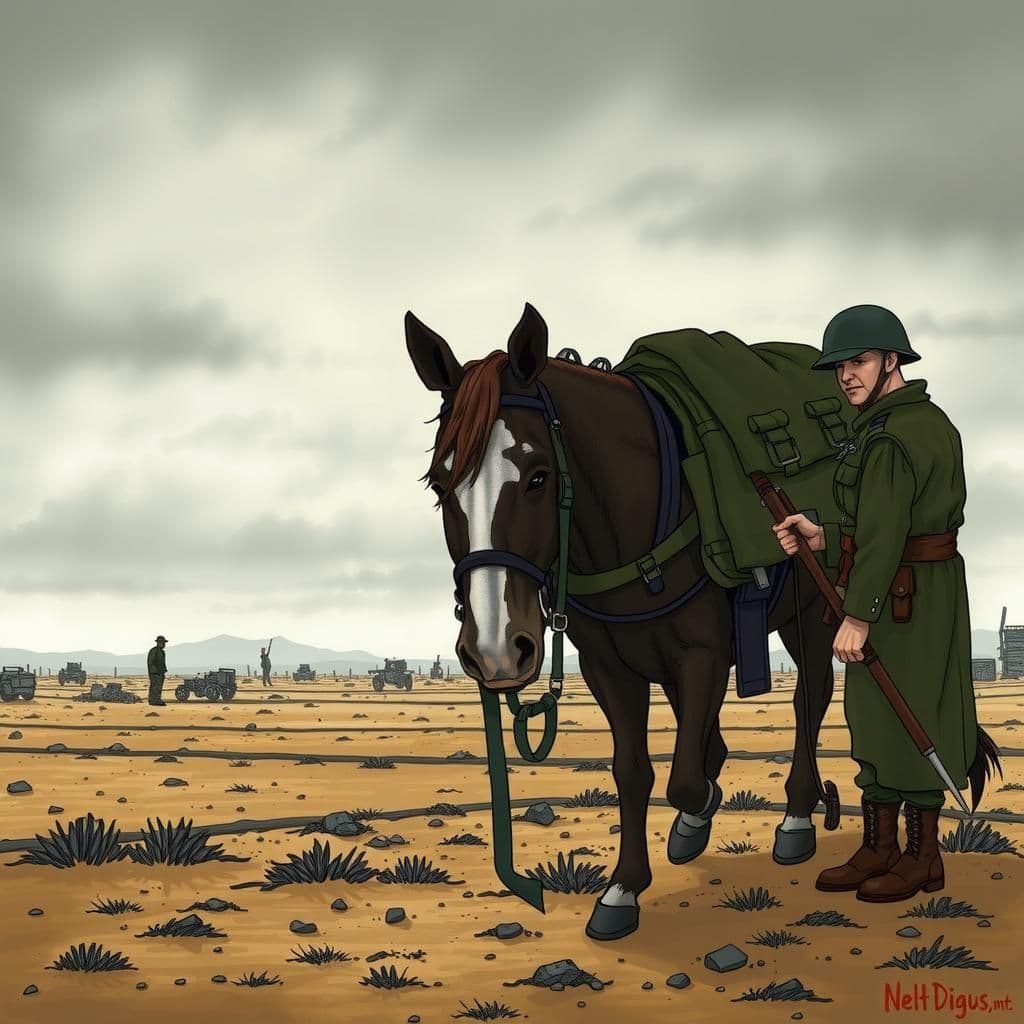The Kites and the Swans

Story Summary
In "The Kites and the Swans," a tale from the realm of bedtime moral stories, the Kites and Swans, once blessed with the gift of song, become captivated by the sound of a horse's neigh. In their quest to imitate this alluring sound, they ultimately lose their ability to sing, illustrating a big moral story about how the pursuit of imagined benefits can lead to the forfeiture of present joys. This short moral tale serves as a poignant reminder for personal growth, emphasizing that sometimes, in chasing after the unattainable, we may overlook the true blessings we already possess.
Click to reveal the moral of the story
The pursuit of unattainable desires can lead to the forfeiture of existing joys and talents.
Historical Context
The story of the Tee Kites and the Swans reflects themes found in various fables across cultures, particularly those attributed to Aesop, which often convey moral lessons through anthropomorphized animals. This tale echoes the cautionary wisdom present in such fables, warning against the dangers of envy and the pursuit of unattainable desires at the expense of existing virtues. Similar motifs can be found in Eastern literature, such as the Jataka tales, which also explore the consequences of forsaking one's natural gifts for the allure of something perceived as greater.
Our Editors Opinion
This fable reflects the modern struggle with social comparison and the pursuit of perceived advantages, which can lead us to overlook our unique strengths and joys. For example, in the age of social media, a person might become so focused on emulating the glamorous lifestyles of influencers that they neglect their own talents and passions, ultimately sacrificing their happiness and authenticity.
You May Also Like

The Wolf and the Babe
In the short story "The Wolf and the Babe," a famishing wolf eavesdrops on a mother threatening to toss her child out the window to silence him, hoping for a chance to feast. However, as the day passes, it is the father who returns home and discards both the mother and child instead. This engaging moral tale highlights the unexpected twists of fate and the simple lessons from stories about the consequences of neglect and cruelty.

The Lion and the Hare
In this creative moral story, a Lion encounters a sleeping Hare and, tempted by the sight of a passing Hart, abandons his sure meal for a chance at a larger prize. After a futile chase, he returns only to find the Hare has escaped, realizing too late that he lost both opportunities. This meaningful story teaches that sometimes, in pursuit of greater gains, we risk losing what we already possess.

The Horse and His Rider
In this heartwarming short story with a moral, a dedicated horse soldier initially treats his steed well during the war, but neglects and overworks the horse afterward. When war is declared again, the horse collapses under its heavy military gear, lamenting that the soldier has transformed it from a strong horse into a burdened ass, illustrating the consequences of neglect and mistreatment. This uplifting tale serves as a reminder that we must care for those who support us, as real-life stories with moral lessons often show.
Other names for this story
Kites vs. Swans, The Song of Kites and Swans, Enchanted Kites, Lost Melodies, The Neighing Kites, Swans and Their Songs, The Cost of Imitation, Kites' Forgotten Song
Did You Know?
This story illustrates the theme of how the pursuit of something perceived as better can lead to the loss of one's true gifts or happiness, highlighting the folly of envy and the importance of appreciating what one already possesses. The transformation of the Kites and Swans serves as a cautionary tale about the dangers of longing for what others have, often at the expense of one's own unique qualities.
Subscribe to Daily Stories
Get a new moral story in your inbox every day.